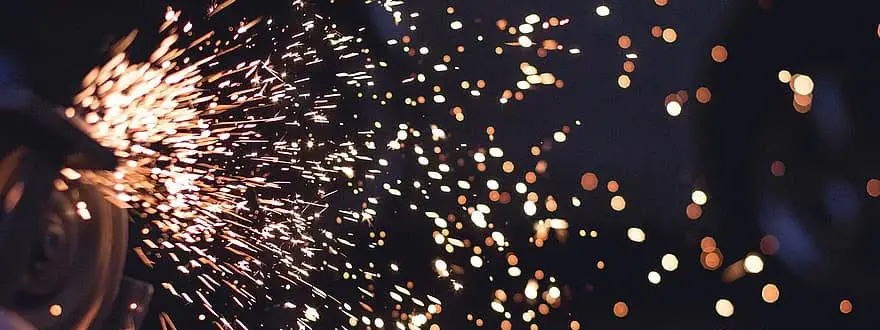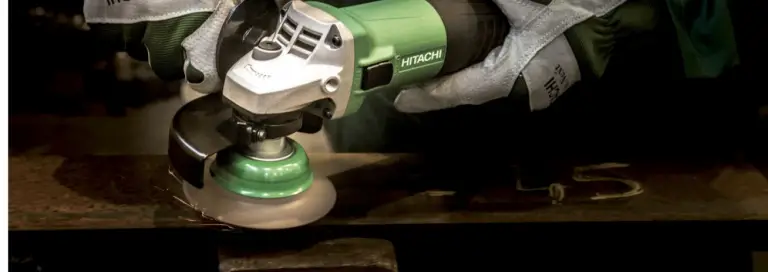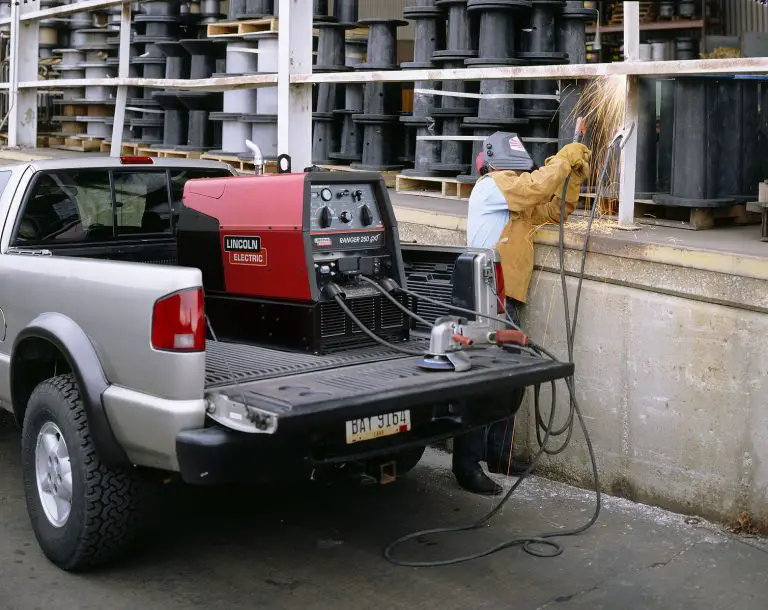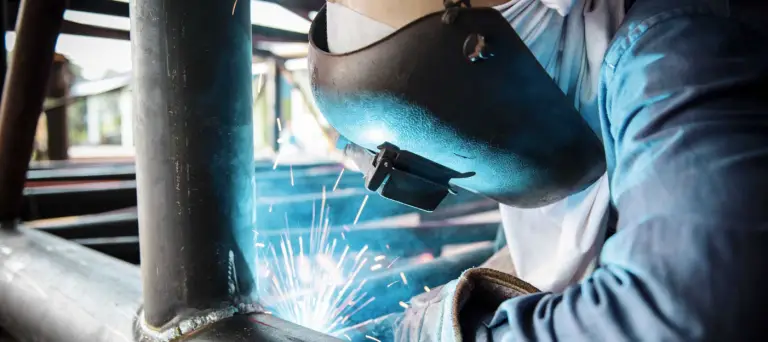How To Prevent Welds From Burning Through
This post contains affiliate links.
Many beginner welders will get frustrated when welding on thinner steel. If the welding technique is not carried out correctly, it is very easy to burn through the steel and make a hole.
Anything that is an 1/8″ or less is not very beginner friendly. If the weld is not burned consistently, a “burn through” will probably occur. These holes can be hard to fix and they are a clear sign that the welder is doing something wrong.
This article will cover the common reasons that new welders burn through their steel, and how these problems can be avoided. Once you dial in your settings and technique, burn throughs will be much less likely, and your welds will definitely improve.
We will refer to steel in this article, but burn throughs can happen on any metal type. Aluminum, cast iron, stainless, and titanium can all get burned through if your technique is faulty.
Problem #1 – Too High Of Amperage
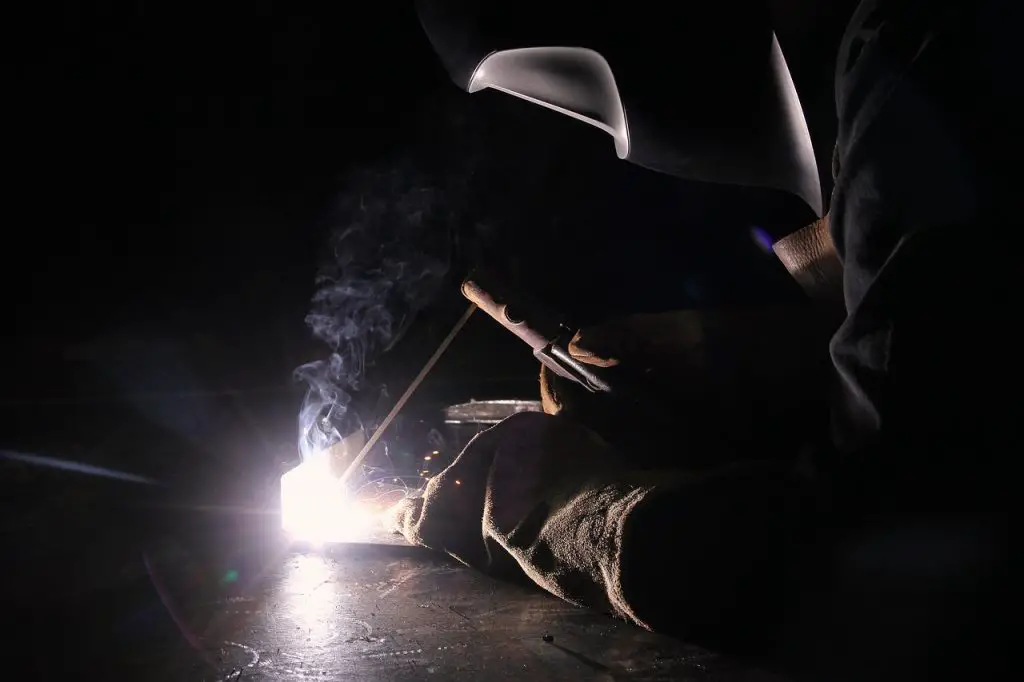
Having high amperage can be great for welding thicker material, but it can also cause problems with thinner steel.
If your amperage is too high, the filler metal can’t keep up with the heat. This will melt through the metal and form a hole. High amperage is great if there is plenty of filler metal being added, but without adequate filler – a burn through is very likely.
To avoid this, try following the recommended amperage for your specific process.
For example, a 3/32″ 7018 stick electrode is generally run at about 90 amps. This amperage paired with the filler metal work in harmony to achieve a consistent weld. If you were to bump up the amperage to 150, the weld would simply be too hot for the rod (electrode) to keep up.
Problem #2 – Slow Travel Speed
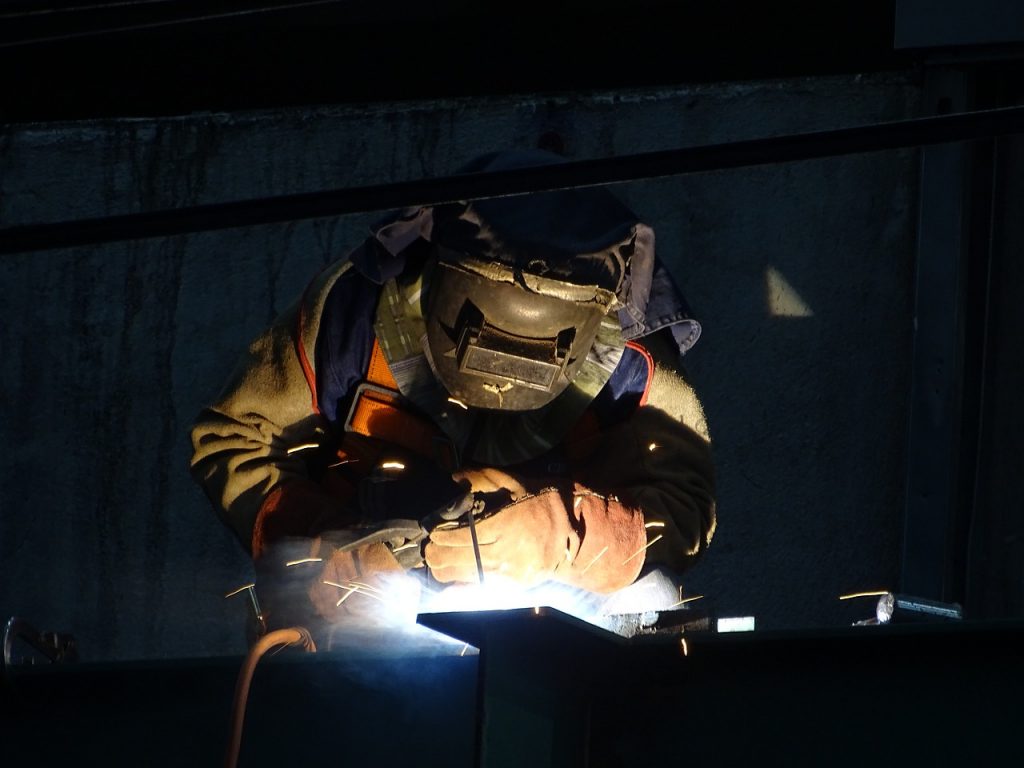
Travel speed refers to the pace in which a weld is performed. Traveling too fast will cause thin, stringy beads that aren’t very strong. Traveling too slow can cause too much heat to build up, which can cause a hole in the metal aka a “burn through”.
Finding the perfect balance in travel speed is essential for preventing burn throughs. For thinner materials, a faster travel speed is usually the best choice. For thicker metals, you can get away with a slower travel speed – it will also help with penetrating the thicker steels. Slower travel speeds ensure that you are melting into both pieces of material. You can see the puddle melting into both walls, which is a sure sign that your weld will hold up over the long term.
Beginners often struggle with variances in their travel speed. They may change speed throughout the course of a single weld. This can cause wide spots and thin spots. There may even be spots that have burned through due to slow speed.
Also, each welding process requires different travel speeds. MIG can be a very fast process, while TIG is usually run with a slower travel speed.
If you continue to burn through your material on a regular basis, consider picking up your travel speed to see if it helps. This will allow the heat to diffuse more since you are spending less time on the welding joint. The less heat you put into thin metals, the better the result will be. It can also prevent warpage.
Problem #3 – Wrong Electrode Angle
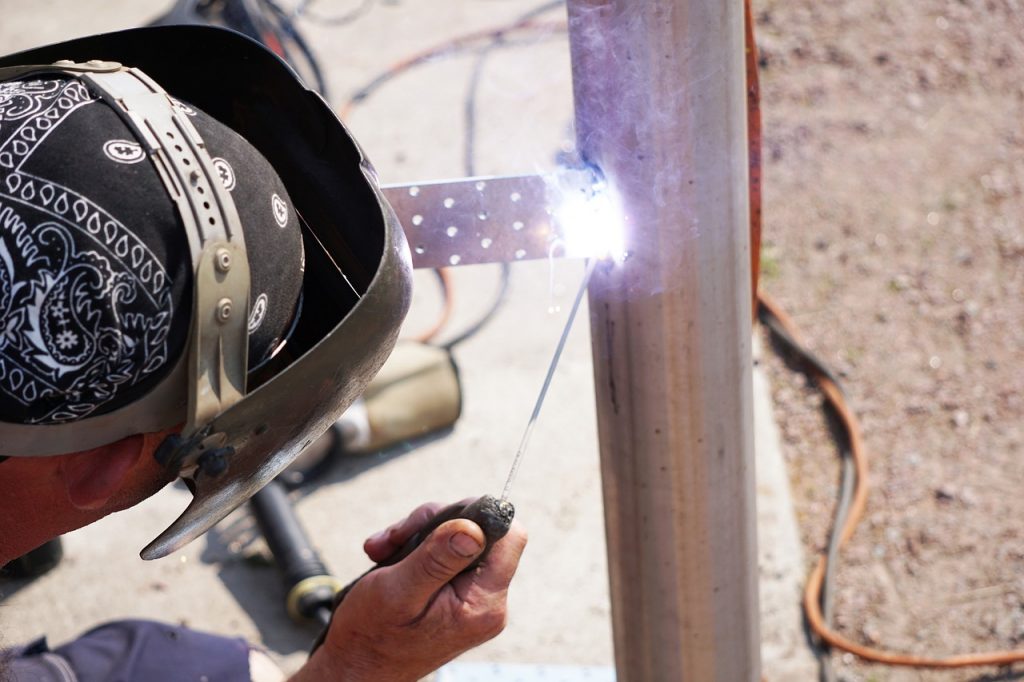
A shallow electrode angle results in less penetration, and a burn through is quite rare. These mellow angles mean that less heat is being pushed straight into your material.
A steep electrode angle is anything that is close to perpendicular (90 degrees). This forces more heat into the metal and can cause burn through. The arc is more concentrated and it can easily make a hole in your material.
If you keep getting holes in your weld, try angling the electrode so the heat is more diffused. It will prevent burn through most of the time.
With this being said, you don’t want too shallow of an electrode angle. This will cause inadequate penetration. Finding that angle balance is really critical. Start at about a 45 degree rod angle and work from there.
Problem #4 – Too Large Of An Electrode
Using a big electrode on thin steel is a surefire recipe for burn through. Welding 1/8″ steel with a 5/32″ stick rod is overkill! The amount of heat is simply too much for 1/8″ steel to handle.
When welding thinner metals, try sizing your electrode accordingly. A 3/32″ stick electrode is great for thinner steels since it is a smaller diameter. For MIG, .025″ wire is great for thinner steels as it has a thin diameter.
Pairing an electrode with corresponding metal thickness will ensure that you aren’t depositing too much heat. By controlling the heat input, burn through will occur less often.
Problem #5 – Too Many Consecutive Passes
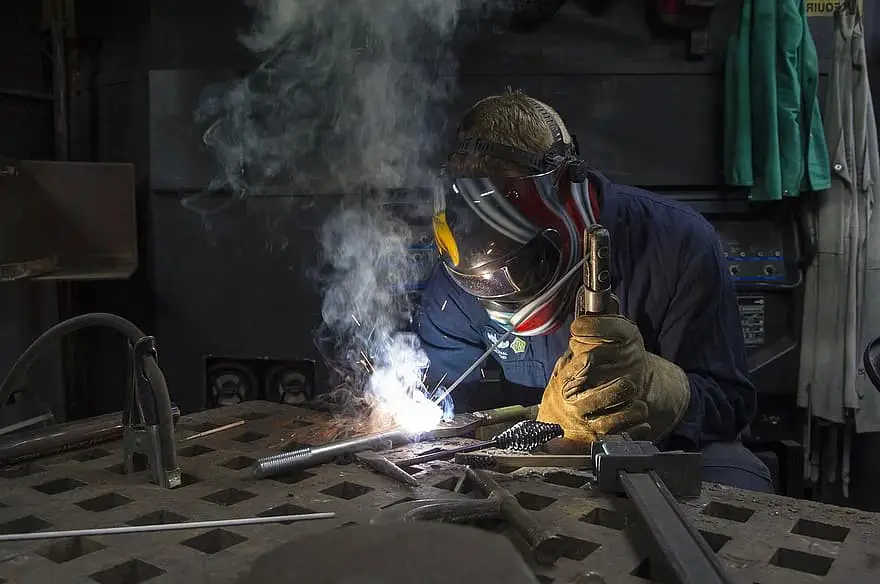
After you weld a joint, the steel is going to be very hot. Letting it cool down a bit will allow you to put a second weld without making a hole. If you continue to place one weld on top of another, the steel will be glowing hot, and is much more prone to a burn through.
Not letting it cool down can also cause major warping on your project. If you plan on stacking beads on top of each other, let the metal cool for a few minutes before you place the next pass.
As the steel heats up too much, it isn’t very resistant to more heat being thrown at it. This is where holes can easily be made.
Remember, let your steel cool naturally just by sitting there. Dunking it in water can cause weld cracking and severe weakness. By letting it cool off on it’s own, the drop in temperature is more gradual and natural. This is essential for maintaining the welds strength. Sudden changes in temperature (i.e. water dunking) will ruin the structural integrity of the weld.
Problem #6 – Too Wide Of A Gap
Often times, fitting up steel pieces doesn’t go smoothly. Having to fill gaps is sometimes necessary, especially if the steel wasn’t cut correctly.
However, rushing to fill a gap is a recipe for making the gap even larger. Let the metal cool and then weld a bit more at a time. If you continue to weld when the steel is still red hot, you will turn the gap into a large burn through area. This is because the weld starts to melt away metal instead of adding metal.
The goal of filling a gap is to seal it, so don’t make it worse by rushing the process and adding too much heat.
Problem #7 – Welding Thin Steel To Thick Steel
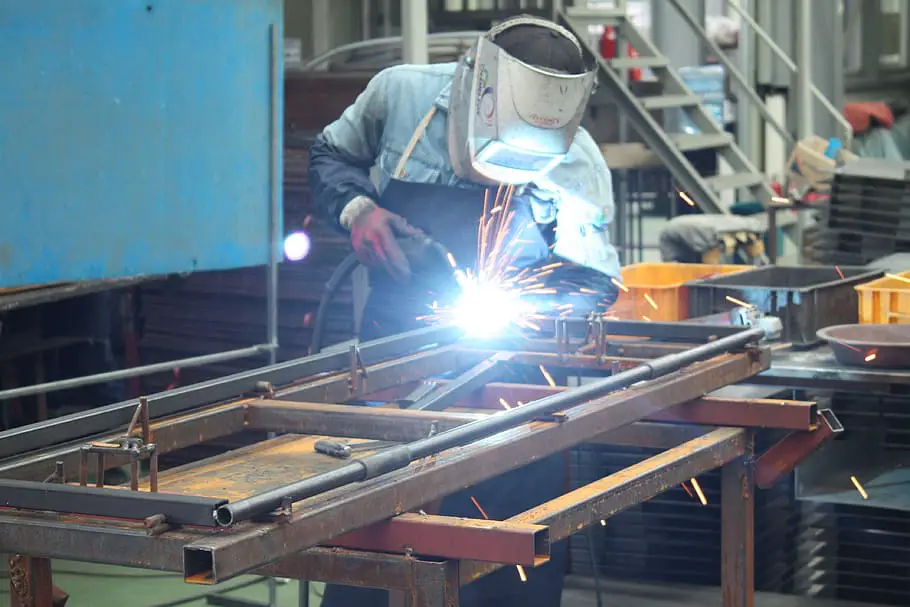
Sometimes, we must weld thin walled metals to thicker metals. The key with this is to focus more heat on the thicker material.
If you favor the thinner metal with your welding arc, it is much more likely that a hole will occur in the thin material.
By focusing more on the thicker side, it will allow the thick steel to absorb more heat. Since thicker metals are more resistant to burn throughs, this makes a lot of sense.
Also, it doesn’t take much to get adequate penetration on thin steels. As long as part of your arc makes contact with the thin steel, it will likely fuse to the thicker steel.
Learning to favor the thicker side takes lots of practice, but it is essential for solid “thick to thin” welding joints.
Preventing Burn Through Before It Happens
As you are welding, it is easy to sense that you are about to make a hole in your material. You’ll see the metal start glowing and melting away. This is a great point to stop and let the metal cool down.
By stopping these holes before they happen, you will save time by not having to repair them. Welding is not a race, it’s a skill. Always control the heat and let the steel cool naturally.
As welders get more practice, burn through will happen way less often. If you can successfully weld thinner metals with ease, your skills will be far above the norm. Employers will also be impressed.

